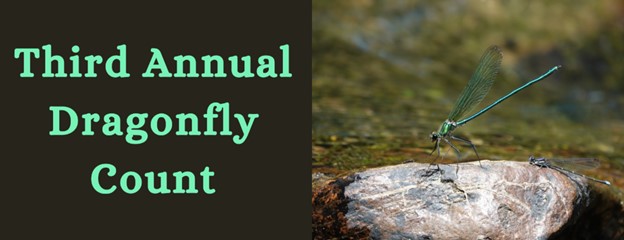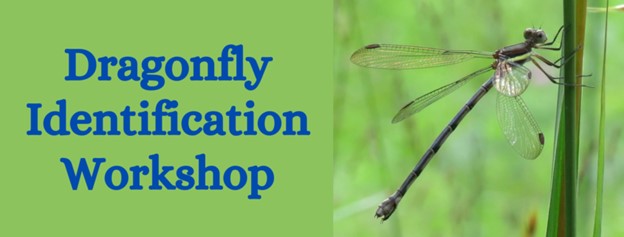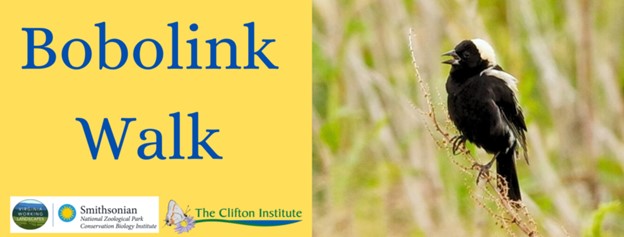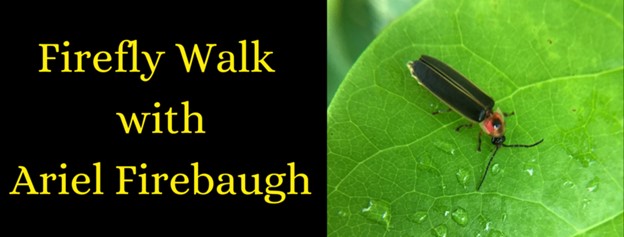Third Annual Dragonfly Count, June 25th
Image: Courtesy of The Clifton Institute
Sunday, June 25, 2023
10:00 am – 4:00 pm
Cost: Free
The Clifton Institue
6712 Blantyre Road
Warrenton, Virginia 20187
Join volunteers at the Clifton Institute for the third annual Dragonfly Count! The goals are to learn which species of dragonflies and damselflies are found in the area, to monitor changes in their populations, and to encourage everyone to learn more about Odonates. The map of the count circle is here. The circle includes a wide variety of aquatic habitats, including a sphagnum bog, fish-free marshes, lakes with abundant lily pads, and a variety of clean streams and rivers that range from tiny seeps all the way up to the Rappahannock River. This interesting area has not received as much study as nearby northern Virginia, but 72 species of dragonflies and damselflies have already been documented inside the circle. In 2022, volunteers found 55 species of dragonflies and damselflies, including Laura’s and Rapids Clubtails, Sphagnum Sprite, Appalachian Jewelwing, Amber-winged Spreading, Lilypad Forktail, and Turquoise Bluet. Who knows what else they will find this year! The circle will be divided into several areas, which teams of people will cover, similar to a Christmas Bird Count or NABA butterfly count. Organizers will let you know where to meet closer to the date. The count is open to people of all experience levels. They welcome dragonfly experts as well as anyone who is interested in learning about these fascinating insects.
This event is free but registration is required. Email Bert Harris ([email protected]) with any questions or if you would like to lead one of the teams. Please let Bert know if you live inside the count circle and you have a fish-free pond or marsh or a pond with lily pads or other emergent aquatic vegetation on your property that you would like to be included in the count. Organizers are partnering with the Fauquier County Parks and Recreation Department, Goose Creek Association, Virginia Outdoors Foundation, and White House Farm Foundation on this event.












